Available iPad Apps
-
 Auditory Phonetic Subtraction
Auditory Phonetic Subtraction
-
 Auditory Visual Integration
Auditory Visual Integration
-
 Colourimetry
Colourimetry
-
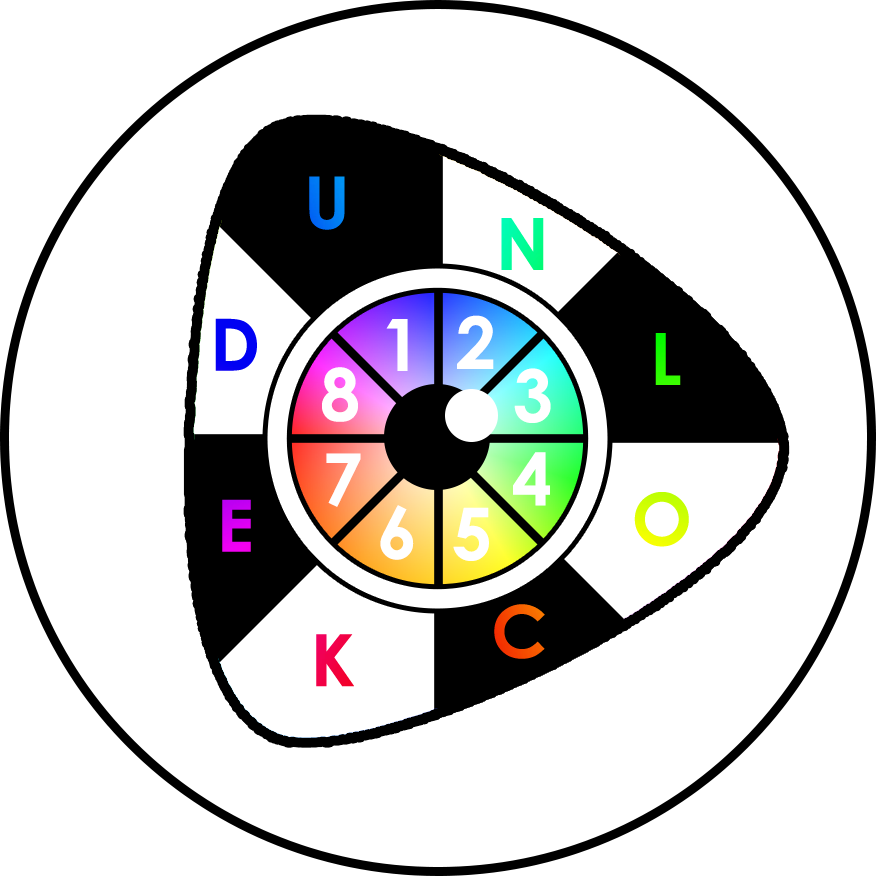 Digit Matching
Digit Matching
-
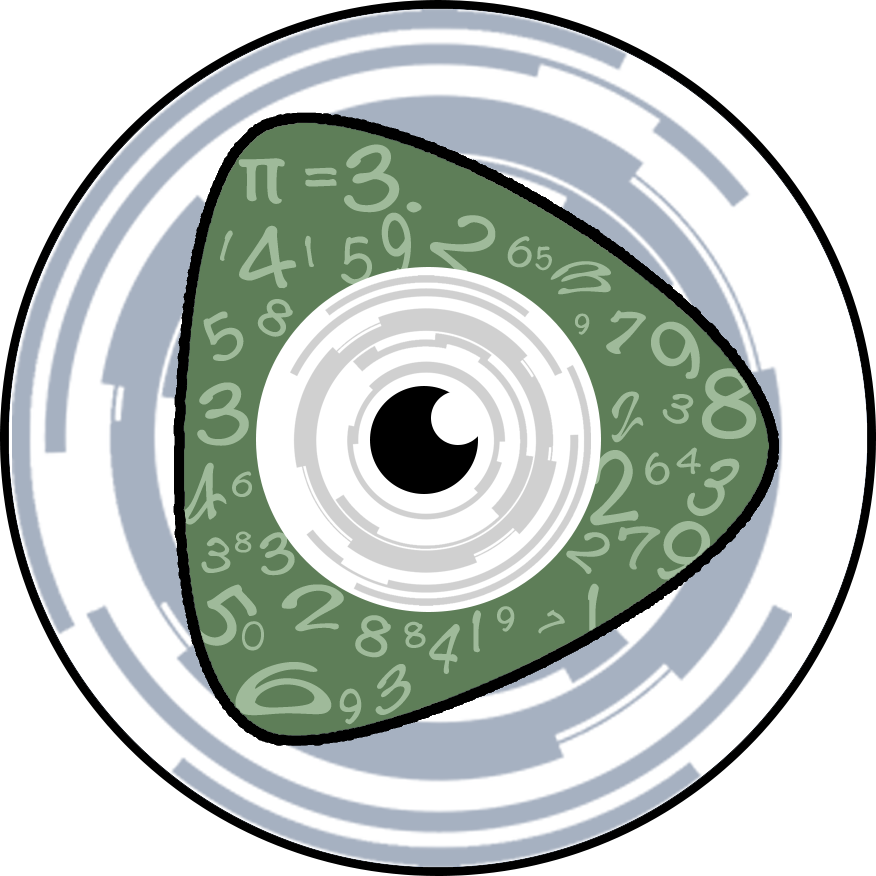 Dyscalculia
Dyscalculia
-
 Dyseidesia / Dysphonesia
Dyseidesia / Dysphonesia
-
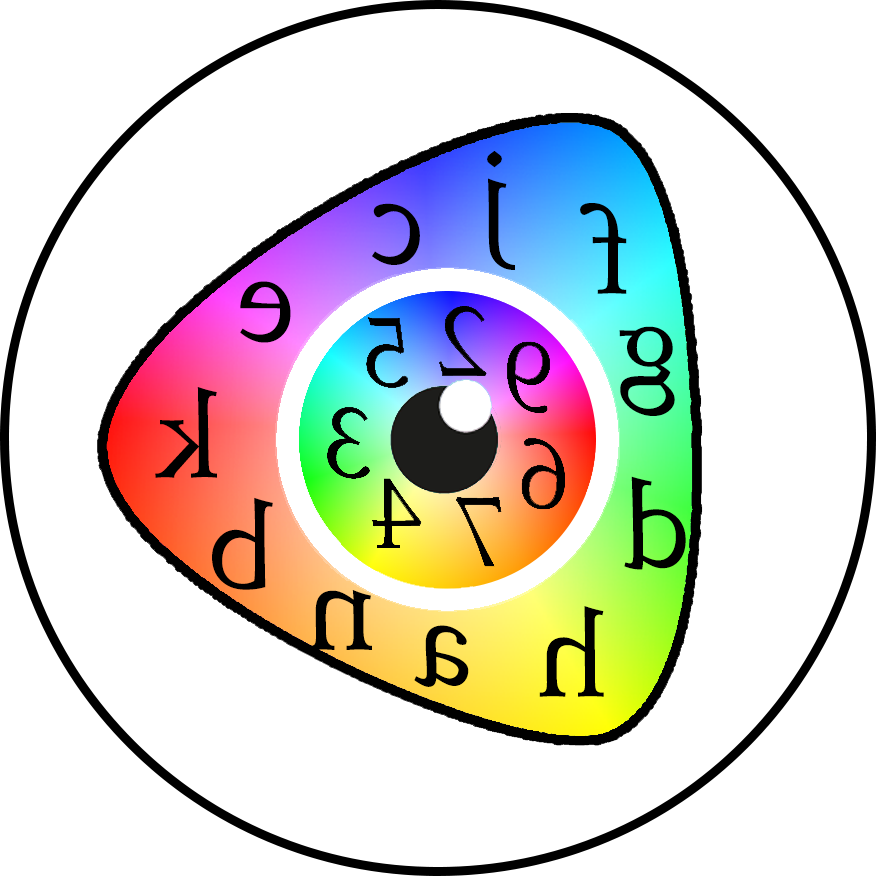 Dysnemkinesia
Dysnemkinesia
-
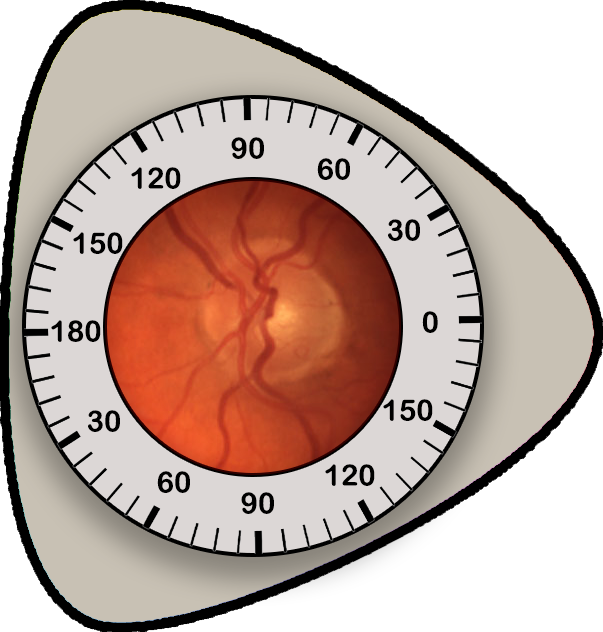 Eye Exam Data
Eye Exam Data
-
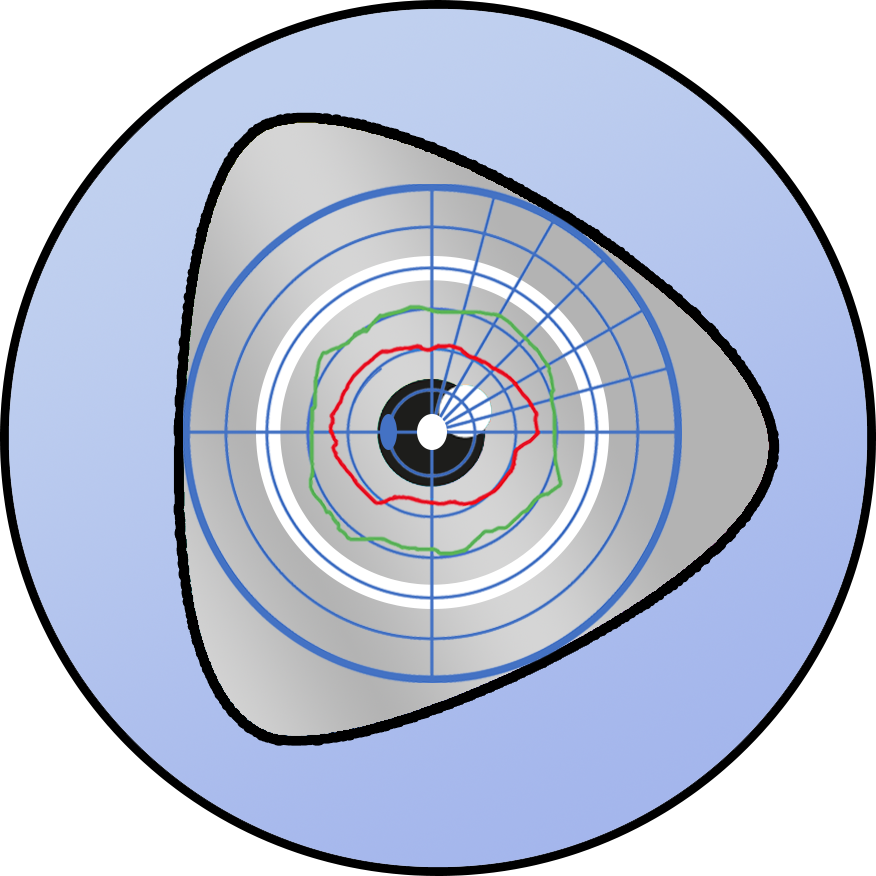 Kinetic Colour Perimetry
Kinetic Colour Perimetry
-
 Laterality
Laterality
-
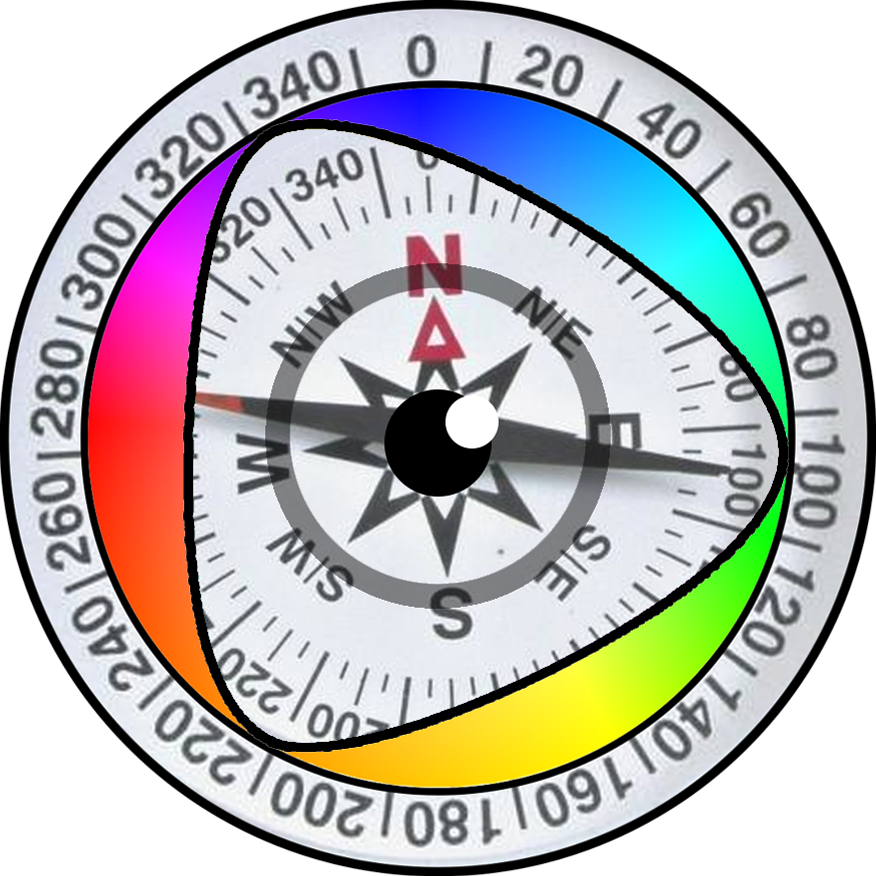 Reading Eye Movement
Reading Eye Movement
-
 Retained Reflexes
Retained Reflexes
-
 Sentence Copy
Sentence Copy
-
 Sequencing
Sequencing
-
 Tachistoscope
Tachistoscope
-
 Visual Sensory Perception
Visual Sensory Perception
-
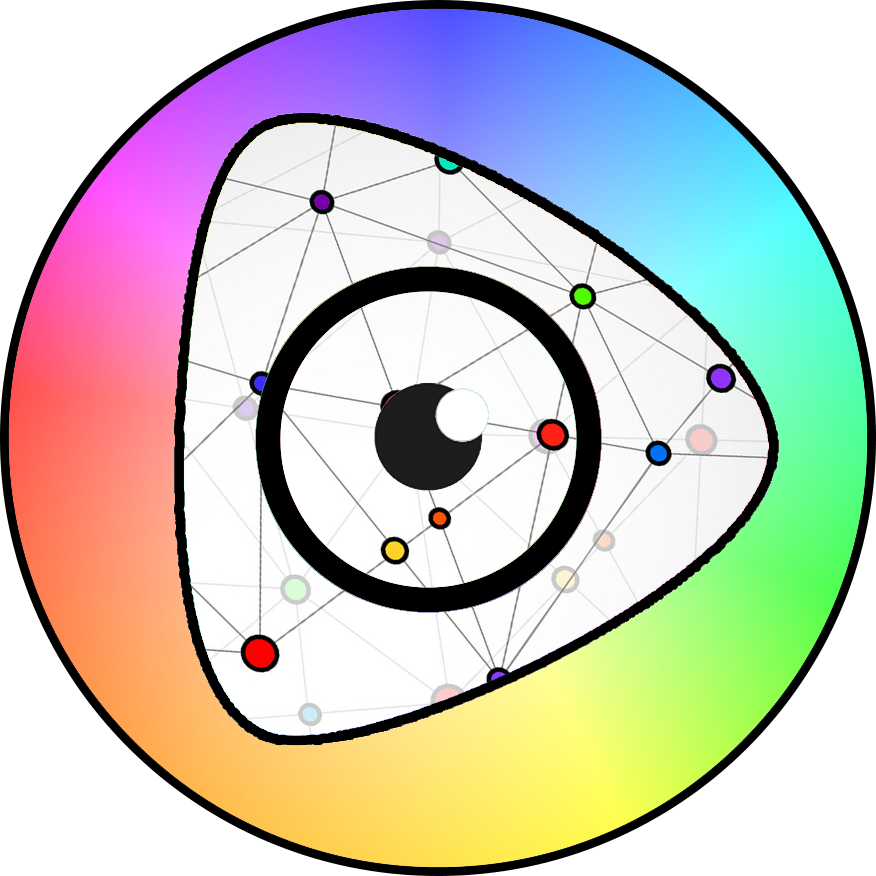 Visual Spatial Awareness
Visual Spatial Awareness
Visual Spatial Awareness
Visual spatial awareness skills are assessed using a series of increasingly complex geometric patterns. The test is untimed and is discontinued when the child reaches the point where errors are consistently made. The test score identifies whether the child is either competent or in need of remediation for perceiving vision as a centrally based activity or as one which allows peripheral vision to direct central vision.
Shrinking, enlarging or displacing of images, segmental drawing, overshoots and needing to rotate the working material are evaluated. Problems with diagonal lines, use of visual markers and reliance on visual cues are evaluated.
Visual perceptual skills involve the ability to recognize, analyse, and interpret visual information, which are crucial for learning and performing various tasks. Testing provides clues relating to:
- Visual discrimination: The ability to notice differences and similarities among visual stimuli, such as shapes, patterns, and symbols.
- Visual-spatial relationships: Understanding how objects relate to each other in space, including their positions and orientations.
- Visual Closure: The ability to perceive a whole image when only fragments are visible, essential for reading words with missing letters or partially obscured text.
- Visual Form Constancy: Recognizing objects as the same despite changes in size, orientation, or context.
By identifying strengths and weaknesses in these areas, educators and therapists can develop targeted strategies to support and enhance an individual's visual analysis abilities.